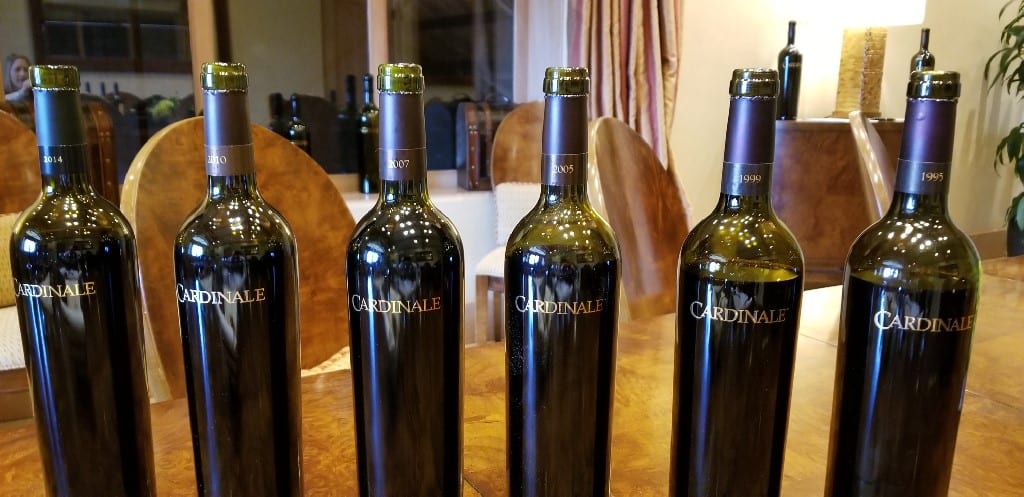This story originally appeared in the
Napa Valley Register.
Perhaps diversity is not the first thing that comes to mind when thinking about Napa Valley. Especially for people who live outside of Napa, if asked what wine comes from Napa, they will always say “Cabernet Sauvignon.” But, no matter how good the Cabernet is, Napa offers so much more.

According to the Napa Valley Vintners, there are 45,000 acres under cultivation in Napa Valley. There are more than 34 different wine grape varieties grown in Napa County, and 23 percent of the vineyards are planted to white wine grapes and 77 percento red wine grapes. Forty-seven percent of the grapes planted are Cabernet Sauvignon, with Chardonnay, Merlot, Sauvignon Blanc, Pinot Noir and Zinfandel making up another 41 percent of the total grape production. That leaves 12 percent of the grapes planted to other grapes and here are six of the grapes to look out for.
Semillon - Fine Disregard 2016 Milhouse Semillon, Oak Knoll District, Napa Valley ($25)
In 2016, there were 724 tons of Semillon in the Napa Valley and Fine Disregard produces 218 cases of their Semillon. A personal project by winemaker Mike Schieffer, assistant winemaker at Truly, and Kate Maraden, a viticulturist and plant pathologist, the Semillon comes from a half-acre block planted on the eastern edge of Oak Knoll District in 1994. The resulting wine is clear and bright with notes of lemon curd, citrus zest, tree fruits and minerality and a lovely mouthfeel that is both round and delicate with racy acidity.
19 June, 2018






